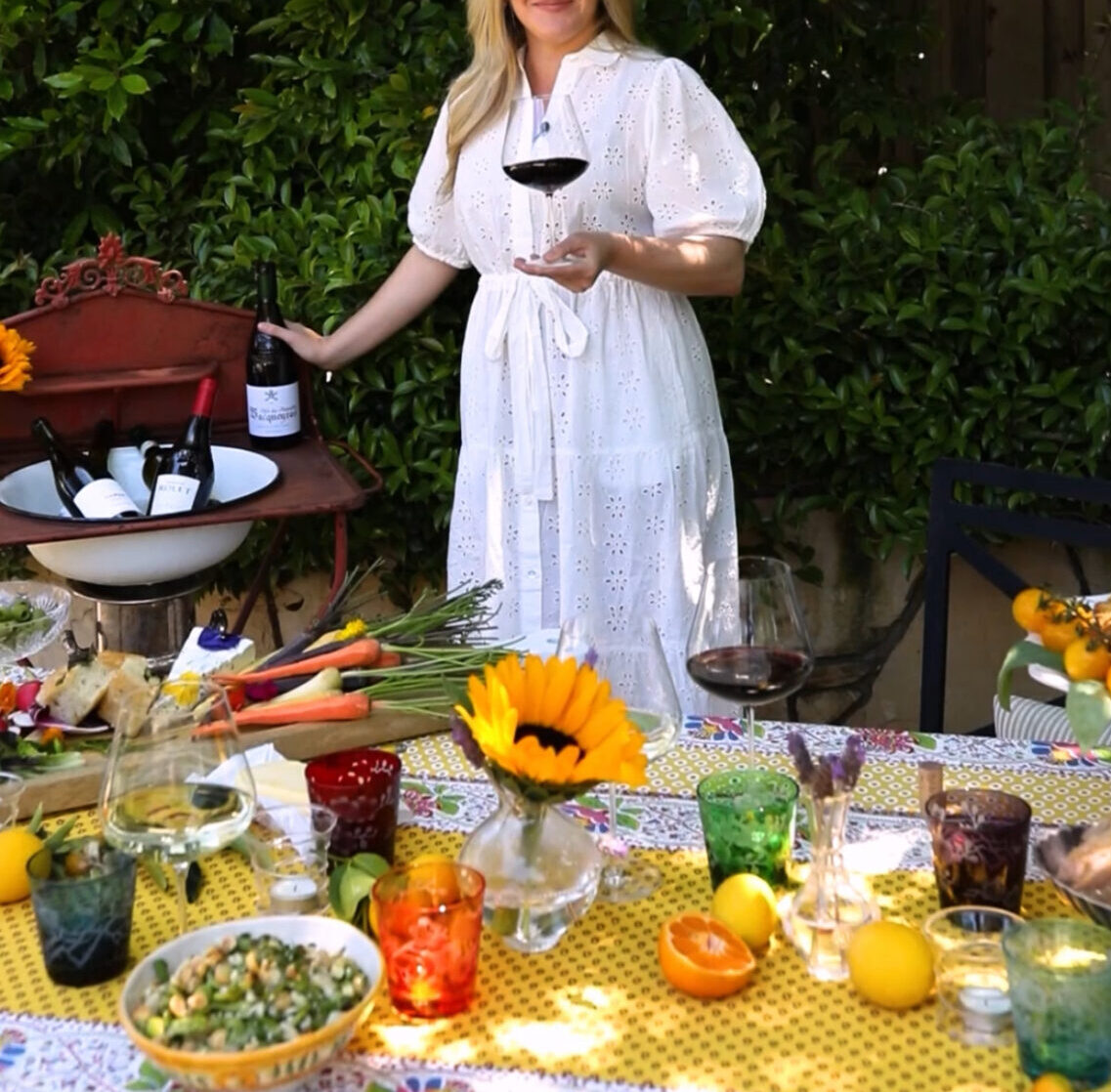June 30, 2020 by Alyssa Taylor
Burgundy, France
Burgundy, AKA “Bourgogne,” is a small, historical region in east-central France that covers a wide area with ranging climates. The large number of producers and appellations within Burgundy can make the region seem complicated even to a seasoned wine pro, but fear not – the region need only be as complicated as you want it to be. At it’s essence, Burgundy can be quite simple. This is the home for Pinot Noir and Chardonnay, and these wines are second-to-none around the world with an influence that is huge in the world of vino. Burgundy winemakers were the pioneers for premium Chardonnay production and continue to provide a benchmark of excellence in viticulture and winemaking for all of their varieties.
A vineyard’s location is extremely important here. The location will determine their quality level within the Burgundy appellation hierarchy. The highest-quality vineyards will generally have a south or east facing exposure providing the most access to sunlight and offering protection from westerly winds. These wines may be listed as premier cru or grand cru on the bottle label. Soils in Burgundy can vary depending on the area, but you’ll find many of them are rich in limestone. Pinot Noir is grown throughout the entire region and accounts for a third of the total vineyard area. Although a wide range of winemaking techniques are used varying by producer, a classic “Burgundian” Pinot Noir has red fruit flavors in youth that evolve into earth, game, and mushroom as the wine matures. These wines, as well as Chardonnay, can age for many years if stored properly. Other grape varieties include the red grape Gamay, famous to the Beaujolais region, and the white grape Aligoté.
There are many smaller appellations within Burgundy, just like Bordeaux and other regions in France. These appellations include Chablis, the Côte d’Or, the Côte Chalonnaise, and Mâconnais. Each of these areas house many respected and highly-regarded villages and vineyards.




